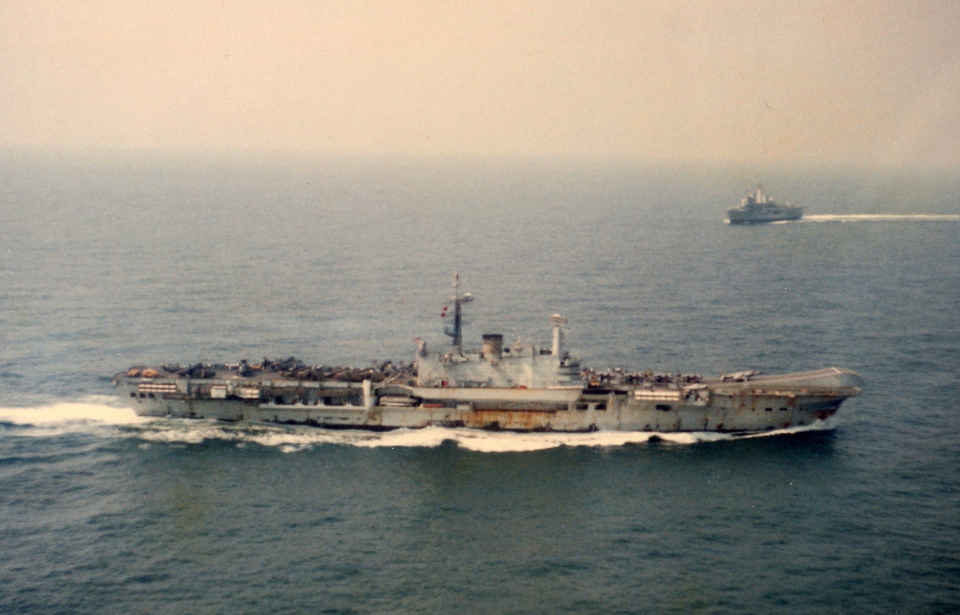The worst day in the SAS’s history was May 19, 1982, when a helicopter crash killed 20 of its elite members during the Falklands War. Only nine men made it out alive, after bobbing in the freezing temperatures, fighting off hypothermia while clinging to a life raft. One of the men to survive is Cpl Mark Aston, who recounts this harrowing ordeal.
The SAS’s Darkest Hour
On an icy cold night in the South Atlantic Ocean, a Sea King packed full of men and equipment left HMS Hermes to cross-deck over to nearby HMS Intrepid. The heavily laden helicopter struggled as it took off. On its short crossing over to Intrepid, the Sea King suddenly plunged into the frigid waters at 80 mph.
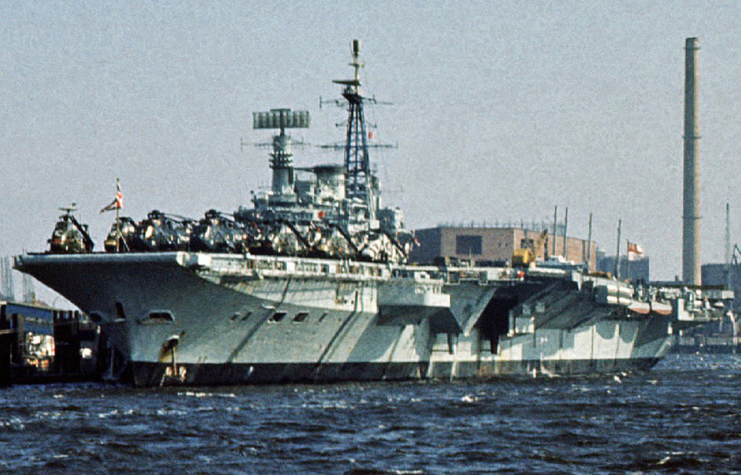
Foamy white water burst in through the windows and doors, while the men inside scrambled to survive. Mark Aston recalls, “The Sea King struck the water in an involuntary dive, its rotor blades thrashing into the waves. A wall of freezing white water burst into the compartment and I was struggling to hold my breath.
“My world closed in to become a frantic, frenzied struggle for survival, legs and arms thrashing around, close friends fighting for survival like fish caught in a barrel.
“Everyone was fighting with primal urgency to live. As men exhaled the desperate sound of their last breath was attenuated through the sea-filled interior. I could feel bodies twisted against mine in their struggle for life.”
Aston was running out of breath when a wave slammed against the rapidly sinking wreckage, creating a small air pocket that he was able to grab one final gasp of air from. With his lungs full and running on instinct, he climbed and struggled past his friends, many of whom had already either died or passed out. He managed to slip through a small gap in the twisted metal and escape.
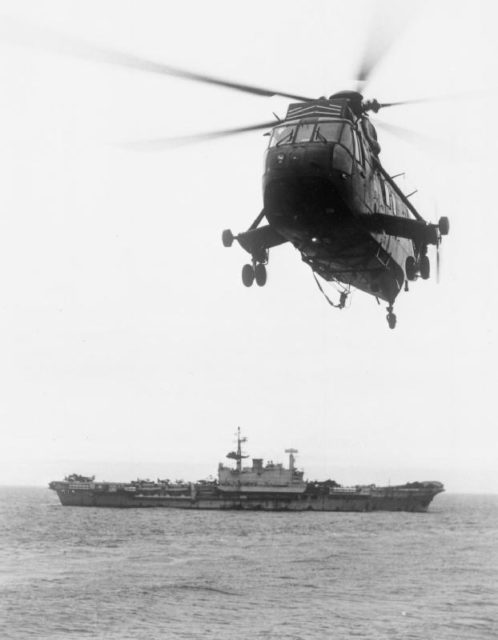
Aston swam about 50 meters before linking up with the small number of other survivors. Both the pilot and observer survived thanks to their flying suits and life jackets. The pilot fumbled with his flare, struggling to light it with completely numb fingers. With the flare lit and hypothermia quickly setting in, the group clung together in the black freezing water, waiting for rescue.
Rescue Arrives
Aston said, “Powerless to help, we could do nothing but wait, desperate for news and worried about our friends. I was numb and frozen to the core.
“While the survivors were flown to HMS Brilliant, searchlights criss-crossed the surface of the water in a desperate bid to find other passengers and crew. But by then the Sea King had sunk beneath the waves.
“I struggled to process the magnitude of what had just befallen us. But deep down I knew I must have been the last one out of the helicopter. Too many good men died that day. Good friends were gone. It was all too much.”
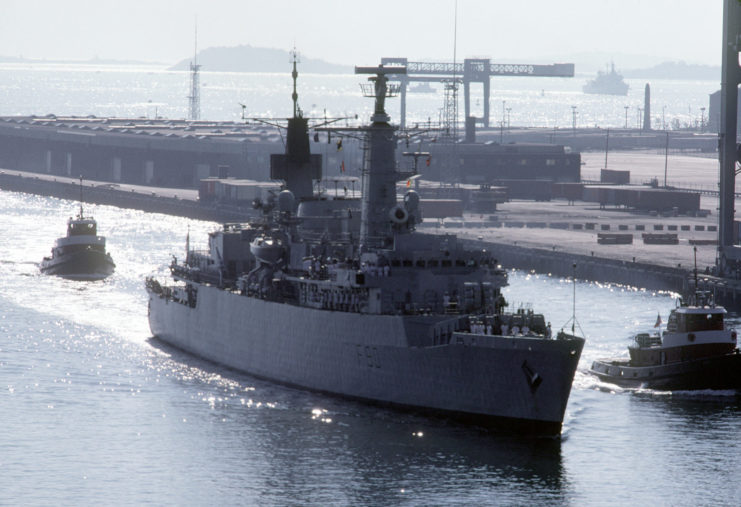
They waited 20 minutes, which felt like a lifetime, before they were finally picked up by a helicopter. The men were given thick blankets and warm showers, with a few receiving a shot of morphine.
The cause of the crash was put down to a freak encounter with an albatross that entered the Sea King’s engine during the cross-decking, but this was never proven with evidence. Cpl. Aston believes that despite the official explanation, human error can not be ruled out.
“In pitch darkness, without night vision goggles and with no discernible horizon, flying was fraught with risk, especially for an air crew that had been flying all day and who were operating in a state of fatigue. Whatever the cause, accidents are part of the bloody business of war.”
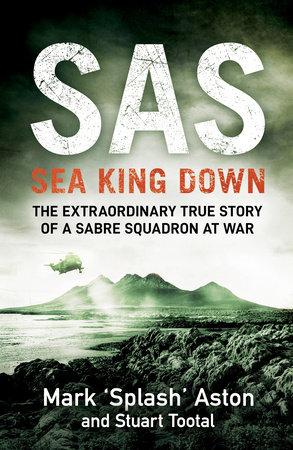
Many of the survivors have since been left with severe PTSD and guilt after the horrifying accident, which pit friends against friends in the fight for survival. Fellow SAS member and survivor Mick Williams was just 21 at the time of the crash, which has permanently affected his life.
More from us: ‘Skins’ Star to Play SAS Hero Paddy Mayne in New Series
Williams said, “We all fought each other underwater but by living I condemned others to death. That is the way I still look at it.”
A memorial honors those lost in the crash in St Martin’s Church, Hereford, the home of the SAS.
